Home>Gardening & Outdoor>Outdoor Structures>How To Fix Scratches In Composite Decking
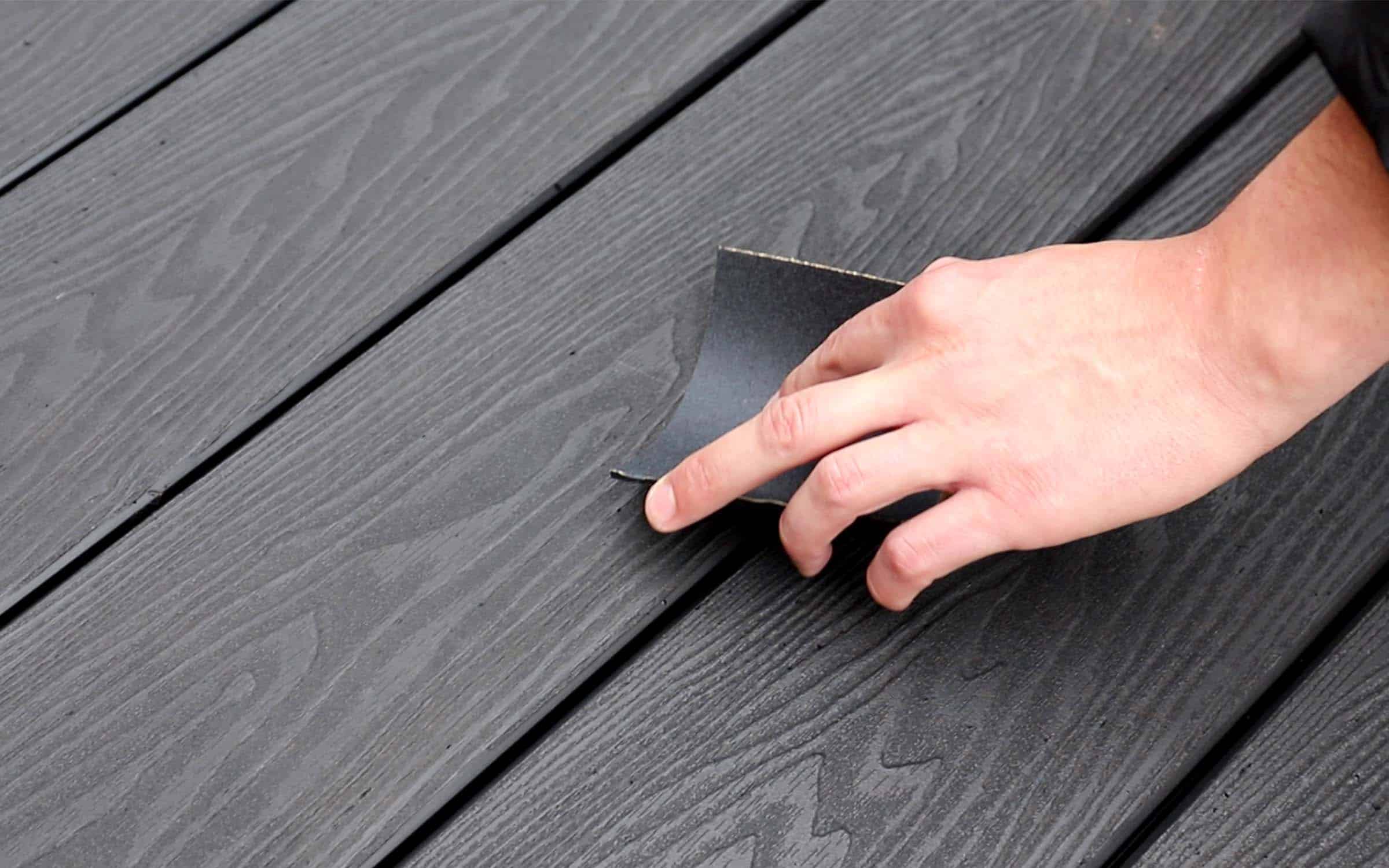

Outdoor Structures
How To Fix Scratches In Composite Decking
Modified: August 27, 2024
Learn how to easily fix scratches in composite decking and keep your outdoor structures looking like new. Discover the best methods for repairing outdoor structures.
(Many of the links in this article redirect to a specific reviewed product. Your purchase of these products through affiliate links helps to generate commission for Storables.com, at no extra cost. Learn more)
Introduction
Composite decking has revolutionized outdoor living, offering a durable and low-maintenance alternative to traditional wood decks. However, even the most well-maintained composite decks are susceptible to scratches, which can detract from their aesthetic appeal. In this article, we will explore the world of composite decking, learn how to identify and address scratches, and discover effective preventive measures.
Whether you're a seasoned DIY enthusiast or a homeowner looking to maintain your outdoor space, understanding how to fix scratches in composite decking is a valuable skill. By gaining insight into the composition of composite decking materials and learning practical repair techniques, you can ensure that your deck remains a stunning centerpiece of your outdoor oasis.
Join us as we delve into the nuances of composite decking, unravel the mystery of scratches, and equip ourselves with the knowledge needed to restore the beauty of our outdoor living spaces. Let's embark on this journey to uncover the secrets of maintaining flawless composite decking for years to come.
Key Takeaways:
- Don’t let scratches ruin your composite deck! Use a heat gun, repair kits, or gentle cleaners to fix minor scratches and keep your outdoor space looking flawless.
- Prevent scratches by using protective pads, regular cleaning, and mindful practices. With care and attention, your composite deck can remain beautiful and scratch-free for years to come.
Read more: What Is Composite Decking
Understanding Composite Decking
Composite decking is a modern marvel in the world of outdoor structures, offering a blend of durability, aesthetics, and low maintenance. Composed of a mixture of wood fibers, plastic, and binding agents, composite decking is engineered to withstand the elements while retaining its visual appeal. This innovative material boasts resistance to rot, warping, and insect damage, making it an ideal choice for decking in diverse climates.
One of the key advantages of composite decking is its eco-friendly nature, as it often incorporates recycled materials. This not only reduces the demand for virgin wood but also minimizes the environmental impact of plastic waste. Furthermore, composite decking is available in a wide array of colors and textures, allowing homeowners to customize their outdoor spaces with ease.
Unlike traditional wood decking, composite boards are designed to resist fading, staining, and scratching, providing long-lasting beauty without the need for extensive upkeep. This makes composite decking an attractive option for those seeking a visually stunning outdoor living area without the labor-intensive maintenance associated with wood decks.
Understanding the composition and benefits of composite decking is essential for anyone invested in maintaining their outdoor space. By grasping the unique properties of this material, homeowners can make informed decisions about its care and upkeep, ensuring that their composite deck remains a source of pride and enjoyment for years to come.
Identifying Scratches
Scratches on a composite deck can detract from its overall appearance, diminishing the visual appeal of the outdoor space. Identifying these imperfections is the first step toward restoring the deck’s pristine condition. Scratches on composite decking can manifest in various forms, ranging from superficial marks to deeper gouges. Understanding the nature of these blemishes is crucial for determining the most suitable repair approach.
Superficial scratches often result from everyday use, such as moving patio furniture or walking pets on the deck. These minor surface abrasions may appear as light streaks or scuffs and typically affect the outer protective layer of the composite material. On the other hand, deeper scratches penetrate the surface, exposing the core composite material beneath. These more severe blemishes can compromise the deck’s integrity and require prompt attention to prevent further damage.
When inspecting a composite deck for scratches, it’s important to consider the color and texture of the decking material. Lighter-colored decks may show scratches more prominently, while textured surfaces can mask minor imperfections. By conducting a thorough assessment of the deck’s condition, homeowners can pinpoint areas that require repair and devise a plan to address the scratches effectively.
Furthermore, understanding the specific type of composite material used in the deck is essential for identifying scratches accurately. Different composite decking brands and product lines may exhibit varying degrees of scratch resistance, influencing the severity and visibility of scratches. By familiarizing themselves with the characteristics of their composite decking, homeowners can better discern and address scratches, ensuring that their outdoor oasis maintains its allure.
By honing the ability to identify scratches on composite decking, homeowners can take proactive measures to preserve the beauty and integrity of their outdoor living space. Armed with this knowledge, they can proceed to address scratches with confidence, restoring the deck to its former glory and prolonging its longevity.
Fixing Minor Scratches
Minor scratches on composite decking can be remedied with simple yet effective techniques, restoring the deck’s flawless appearance. One approach to addressing superficial scratches involves utilizing a heat gun or a hot air gun. By carefully heating the scratched area and gently rubbing it with a soft abrasive pad, homeowners can often diminish the visibility of minor scratches. This method helps to blend the scratched area with the surrounding decking, concealing the imperfections and revitalizing the deck’s aesthetic appeal.
Alternatively, specialized composite decking repair kits are available, offering tailored solutions for treating minor scratches. These kits typically contain color-matched composite filler, allowing homeowners to fill in scratches and restore the uniform appearance of the decking. Following the manufacturer’s instructions, users can apply the filler to the scratched area, smooth it out, and blend it seamlessly with the surrounding deck surface. This straightforward approach can effectively camouflage minor scratches, rejuvenating the deck with minimal effort.
Another practical method for addressing minor scratches involves using a gentle abrasive cleaner and a nylon-bristled brush. By applying the cleaner to the scratched area and gently scrubbing in the direction of the grain, homeowners can reduce the visibility of minor surface imperfections. This approach helps to restore the luster of the decking while minimizing the appearance of scratches, contributing to a revitalized and well-maintained outdoor space.
For homeowners seeking a DIY solution to minor scratches, a mild sanding technique can be employed to smooth out the affected area. Using fine-grit sandpaper, the scratched portion of the deck can be lightly sanded in the direction of the grain, mitigating the appearance of minor blemishes. This method requires a delicate touch to avoid altering the texture of the decking, but when executed with care, it can effectively diminish the visibility of superficial scratches.
By leveraging these practical techniques, homeowners can address minor scratches in their composite decking, preserving the deck’s visual appeal and structural integrity. These simple yet impactful methods empower homeowners to maintain a flawless outdoor living space, ensuring that their composite deck remains a source of pride and enjoyment for years to come.
To fix scratches in composite decking, use a heat gun to gently heat and expand the scratched area, then use a putty knife to smooth out the scratch. Sand the area lightly and apply a matching composite decking touch-up pen for a seamless finish.
Repairing Deep Scratches
Deeper scratches on composite decking require more extensive repair methods to restore the deck’s pristine condition. When faced with deep scratches that penetrate the surface of the decking, homeowners can employ specialized composite repair kits designed to address more severe blemishes. These kits typically include composite filler, epoxy, and coloring agents, providing a comprehensive solution for repairing deep scratches and ensuring a seamless finish.
To repair deep scratches, homeowners can start by cleaning the affected area to remove any debris or contaminants that may interfere with the repair process. Once the surface is clean and dry, the composite filler can be applied to the scratched area, filling in the blemish and creating a level surface. Following the application of the filler, epoxy can be used to seal and reinforce the repair, enhancing the durability and longevity of the restored area.
After the composite filler and epoxy have been applied, homeowners can utilize coloring agents to match the repaired area to the surrounding decking, ensuring a cohesive and uniform appearance. By carefully blending the colors to achieve a seamless match, the repaired section seamlessly integrates with the rest of the deck, concealing the deep scratches and revitalizing the overall aesthetic of the outdoor space.
In cases where deep scratches have compromised the structural integrity of the decking, additional measures may be necessary to reinforce the repaired area. Utilizing reinforcing strips or mesh during the repair process can provide added strength and stability, ensuring that the repaired section withstands the rigors of daily use and maintains its flawless appearance over time.
By following the instructions provided with the composite repair kit and exercising precision and care, homeowners can effectively address deep scratches in their composite decking, preserving the beauty and functionality of their outdoor living space. These comprehensive repair methods empower homeowners to tackle more significant blemishes with confidence, ensuring that their composite deck remains a stunning focal point of their home for years to come.
Read more: How To Build A Deck With Composite Decking
Preventing Future Scratches
While knowing how to repair scratches in composite decking is essential, taking proactive measures to prevent future blemishes is equally important. By implementing practical strategies and adopting mindful practices, homeowners can safeguard their composite decks against scratches, preserving their visual appeal and structural integrity for the long term.
One effective approach to preventing scratches on composite decking involves placing protective mats or pads beneath furniture and heavy objects. By cushioning the contact points between the deck and items such as chairs, tables, and grills, homeowners can minimize the risk of scratches caused by friction and movement. Additionally, using furniture glides or sliders can facilitate smooth and scratch-free repositioning of furniture, reducing the likelihood of surface abrasions on the deck.
Regular maintenance and cleaning routines are instrumental in preventing scratches and preserving the pristine condition of composite decking. Removing debris, dirt, and abrasive particles promptly can mitigate the risk of scratches caused by friction and abrasion. Utilizing a soft-bristled brush or a gentle cleaning pad when washing the deck can help to maintain its surface integrity, minimizing the potential for scratches and preserving its aesthetic appeal.
When engaging in activities that may impact the deck’s surface, such as moving potted plants or performing maintenance tasks, homeowners should exercise caution and employ protective measures. Placing planters on stands or risers can prevent direct contact between the base of the pots and the decking, reducing the likelihood of scratches. Similarly, using work mats or protective coverings when conducting maintenance or repair work on the deck can safeguard its surface from accidental damage.
Furthermore, establishing clear guidelines for the use of the deck can contribute to preventing scratches and preserving its flawless appearance. Educating family members and guests about the importance of treating the deck with care and respect can help foster a mindful and considerate approach to enjoying the outdoor space, minimizing the risk of accidental damage and scratches.
By integrating these preventive measures into their maintenance routines and daily practices, homeowners can reduce the risk of scratches on their composite decking, ensuring that their outdoor oasis remains a pristine and inviting retreat for years to come.
Conclusion
As we conclude our exploration of the world of composite decking and the art of addressing scratches, we emerge equipped with valuable insights and practical skills. Composite decking stands as a testament to innovation and sustainability, offering a resilient and visually captivating alternative to traditional wood decks. Its composition of wood fibers and recycled plastic, combined with modern engineering, results in a material that defies the ravages of time and weather, providing homeowners with a durable and low-maintenance outdoor living space.
Scratches, though they may mar the deck’s surface, are no match for the resourcefulness and determination of homeowners committed to preserving the beauty of their outdoor oasis. By understanding the nature of scratches and employing tailored repair techniques, homeowners can breathe new life into their composite decking, restoring its flawless appearance and ensuring its longevity.
From addressing minor surface abrasions with heat guns and composite fillers to tackling deeper scratches with comprehensive repair kits, homeowners have an array of tools at their disposal to maintain the allure of their composite decks. Furthermore, by embracing preventive measures such as protective pads, regular cleaning, and mindful practices, homeowners can shield their decks from future scratches, safeguarding their investment and enhancing their outdoor enjoyment.
As we bid farewell to this journey through the realm of composite decking and the art of scratch repair, we carry with us the knowledge and confidence to nurture our outdoor spaces. With a blend of craftsmanship, care, and ingenuity, homeowners can ensure that their composite decks remain a source of pride and relaxation, offering a haven of beauty and tranquility for years to come.
Armed with this newfound expertise, we embark on the path to maintaining flawless composite decking, cherishing our outdoor sanctuaries and reveling in the enduring splendor of our composite decks.
Frequently Asked Questions about How To Fix Scratches In Composite Decking
Was this page helpful?
At Storables.com, we guarantee accurate and reliable information. Our content, validated by Expert Board Contributors, is crafted following stringent Editorial Policies. We're committed to providing you with well-researched, expert-backed insights for all your informational needs.
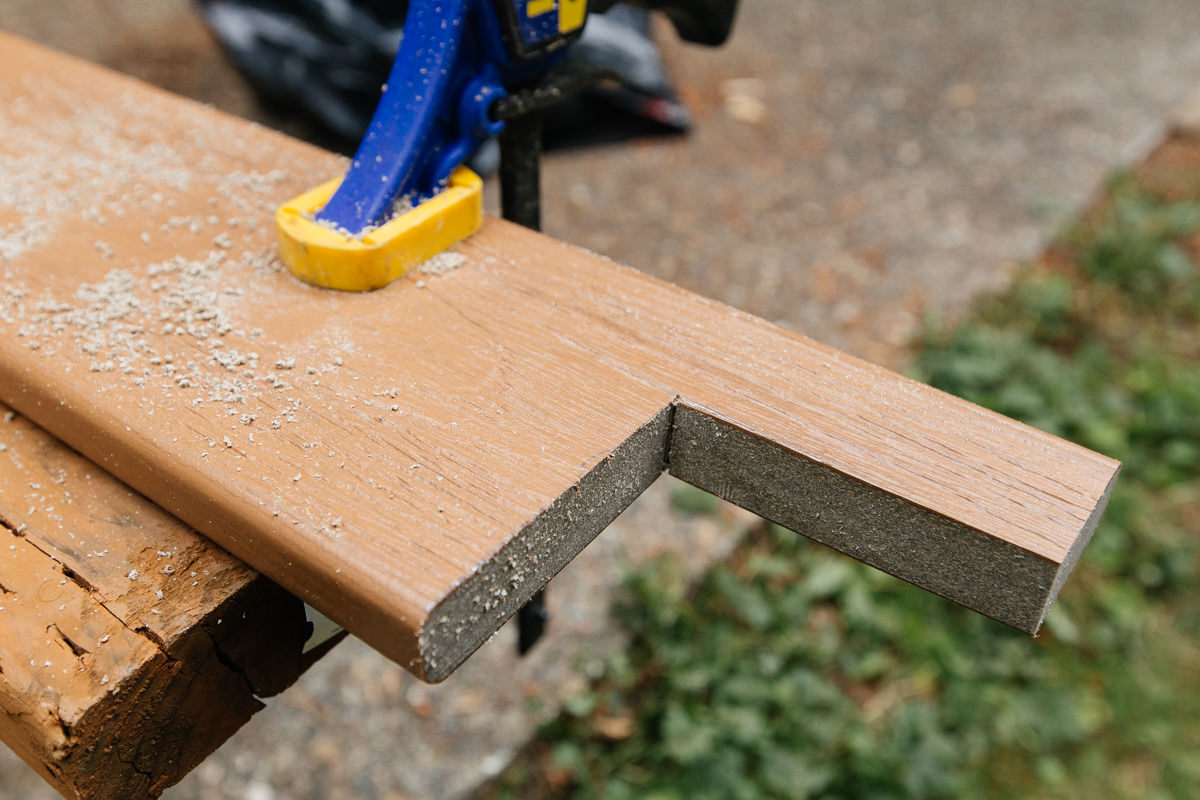

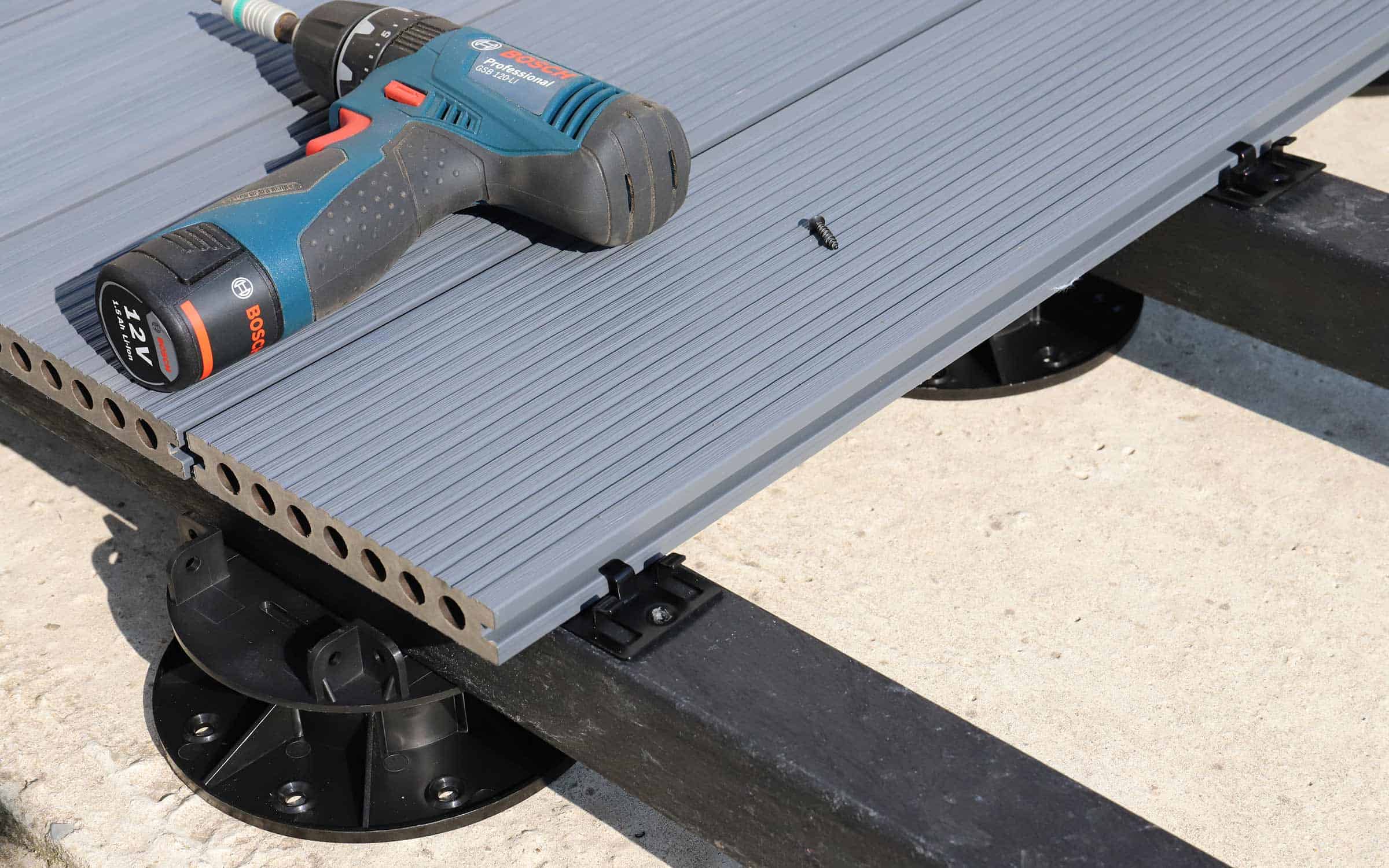

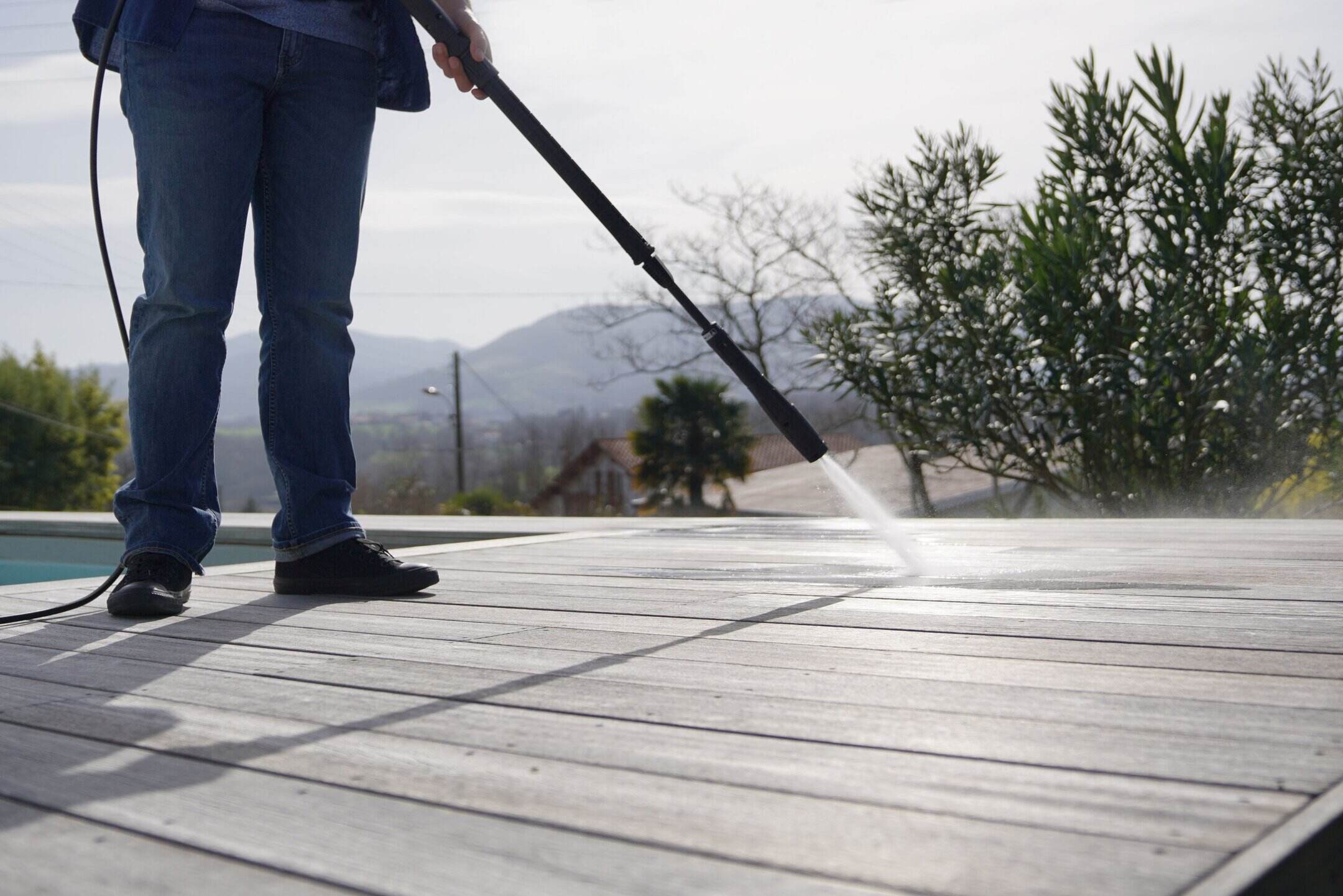
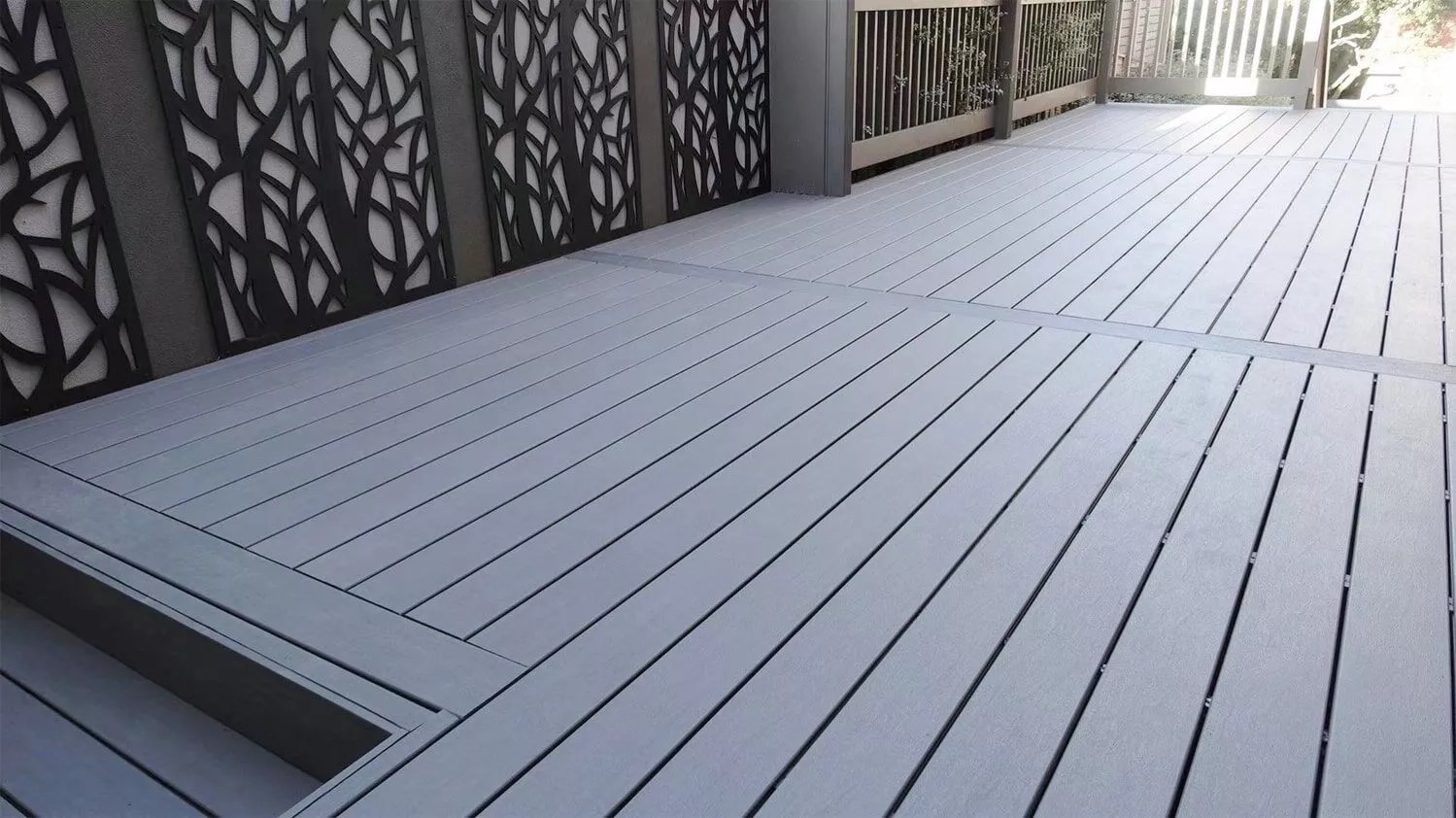
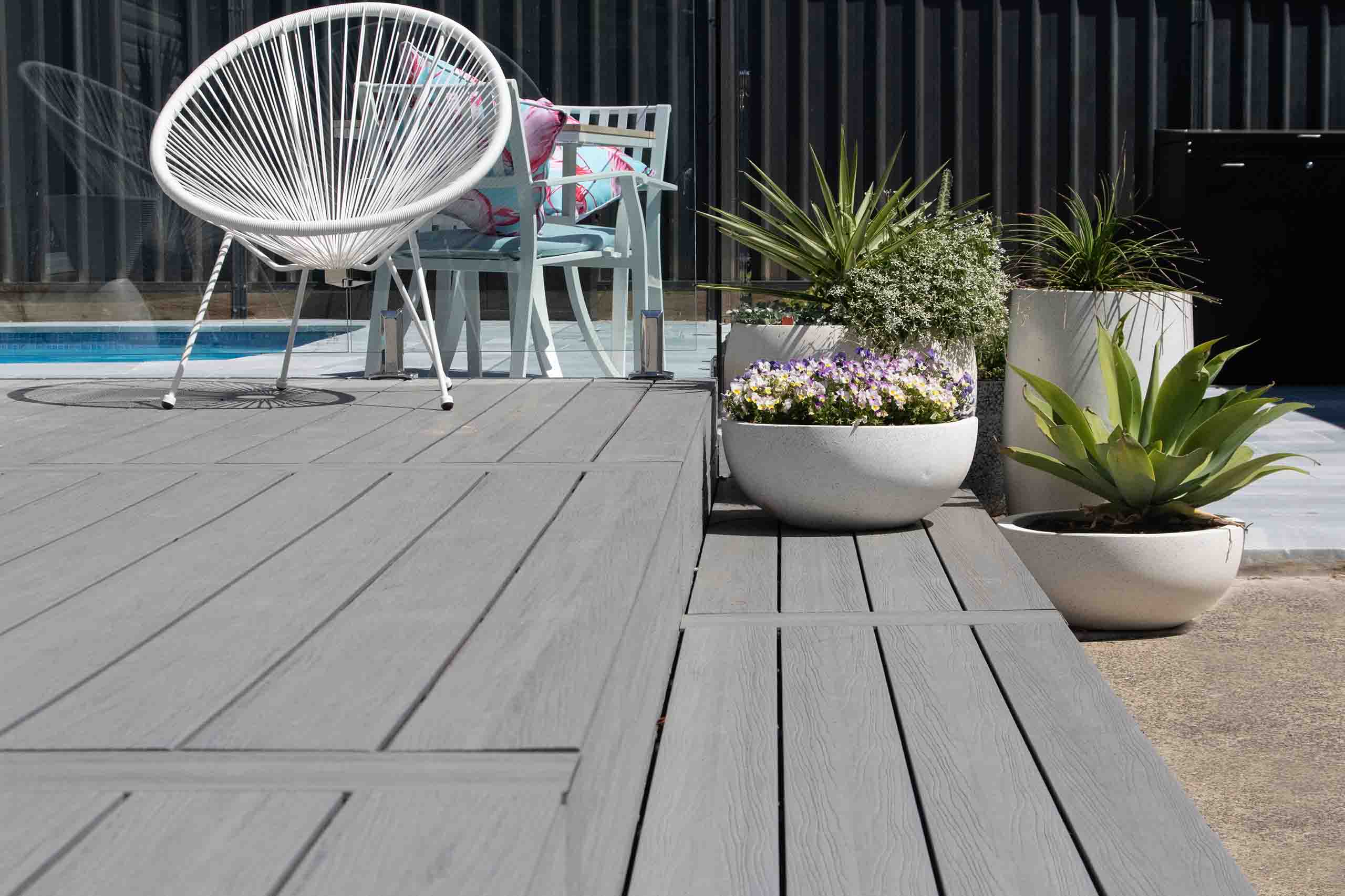
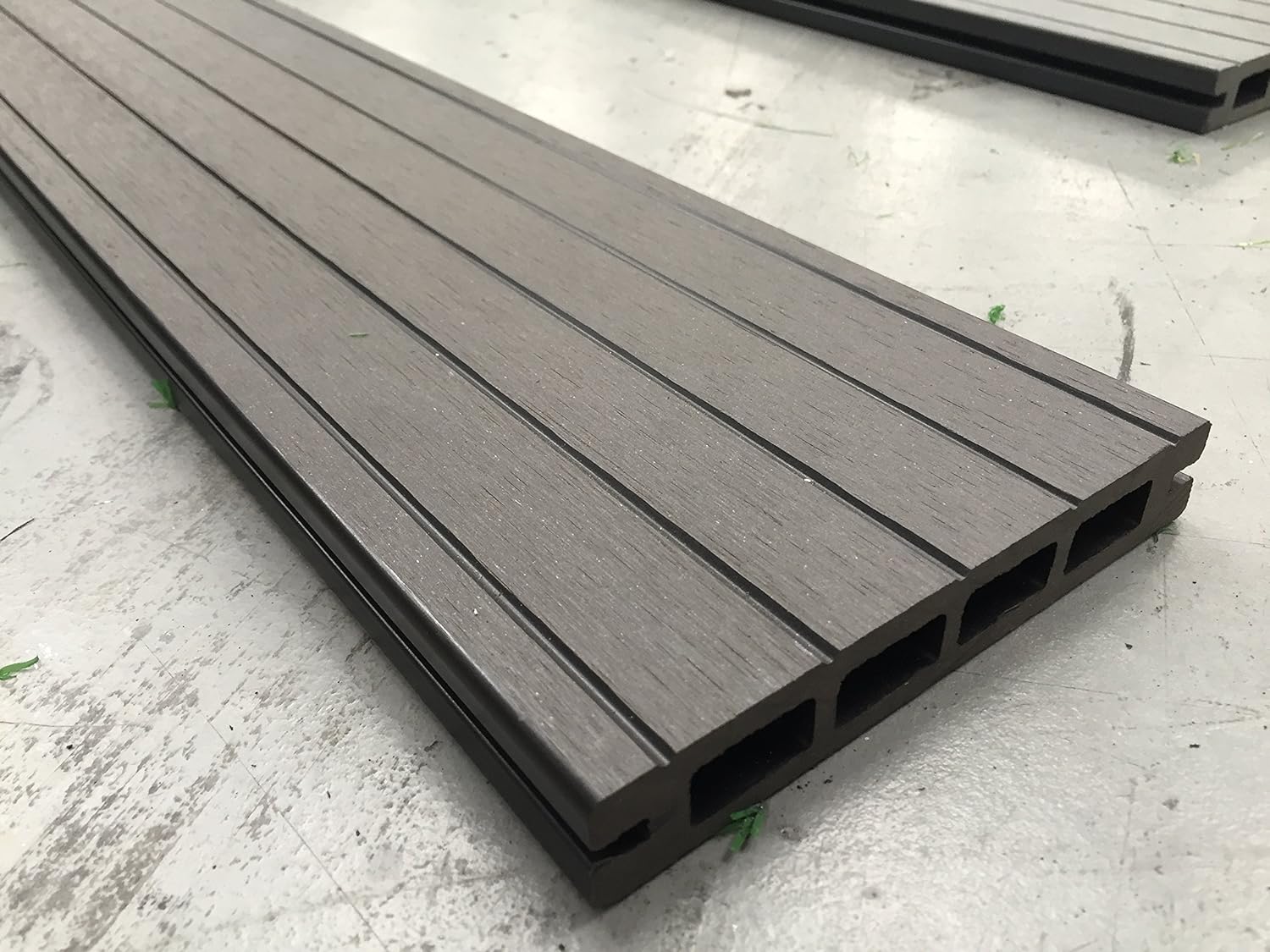
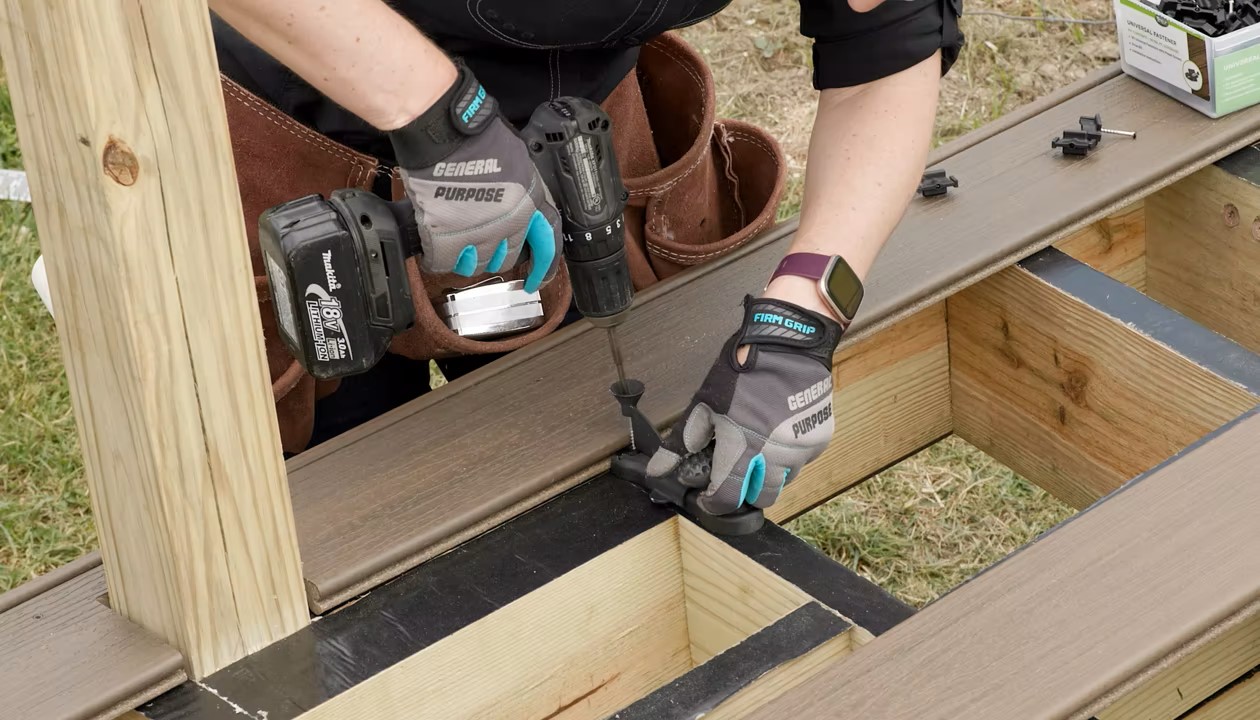

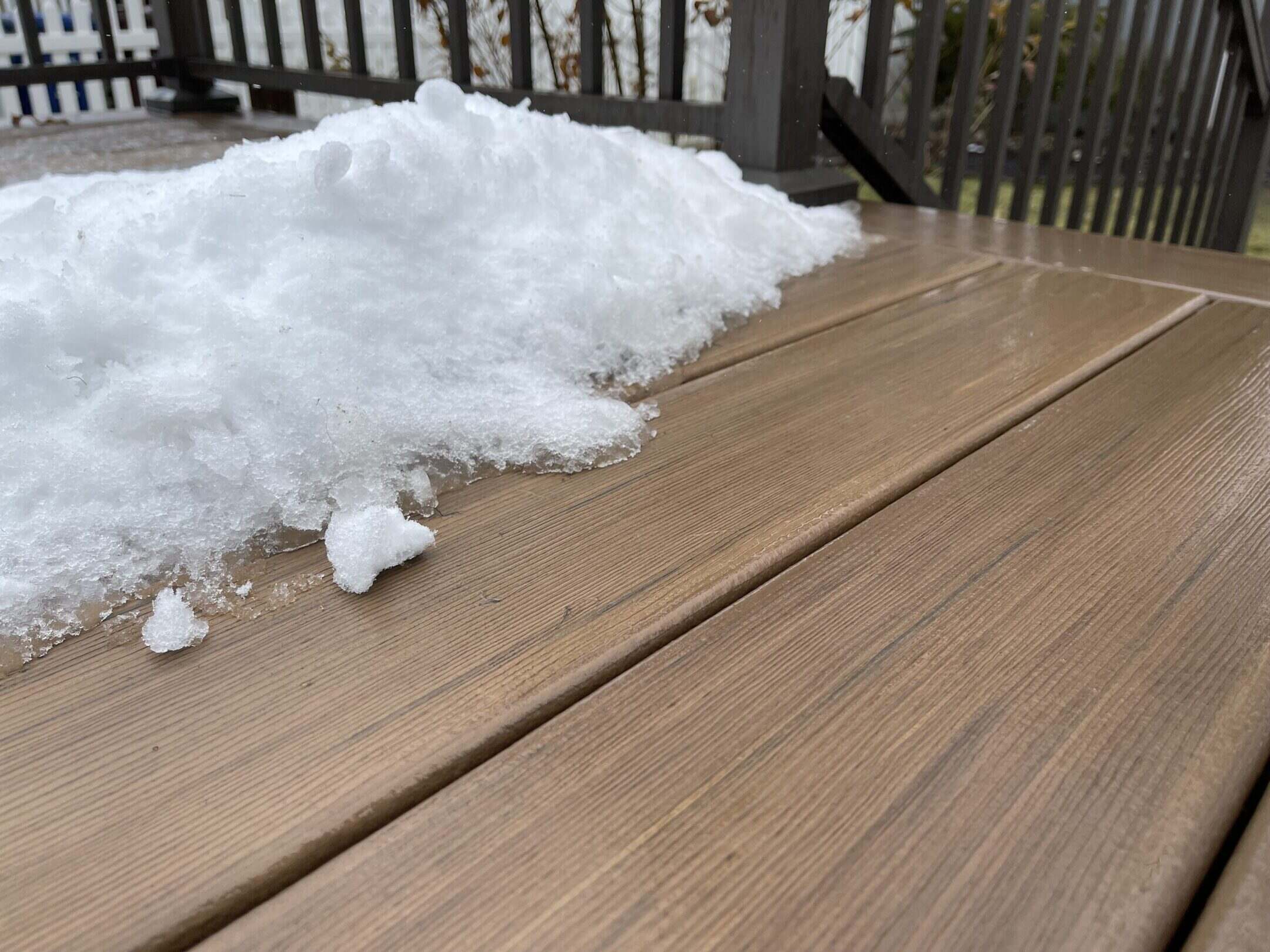
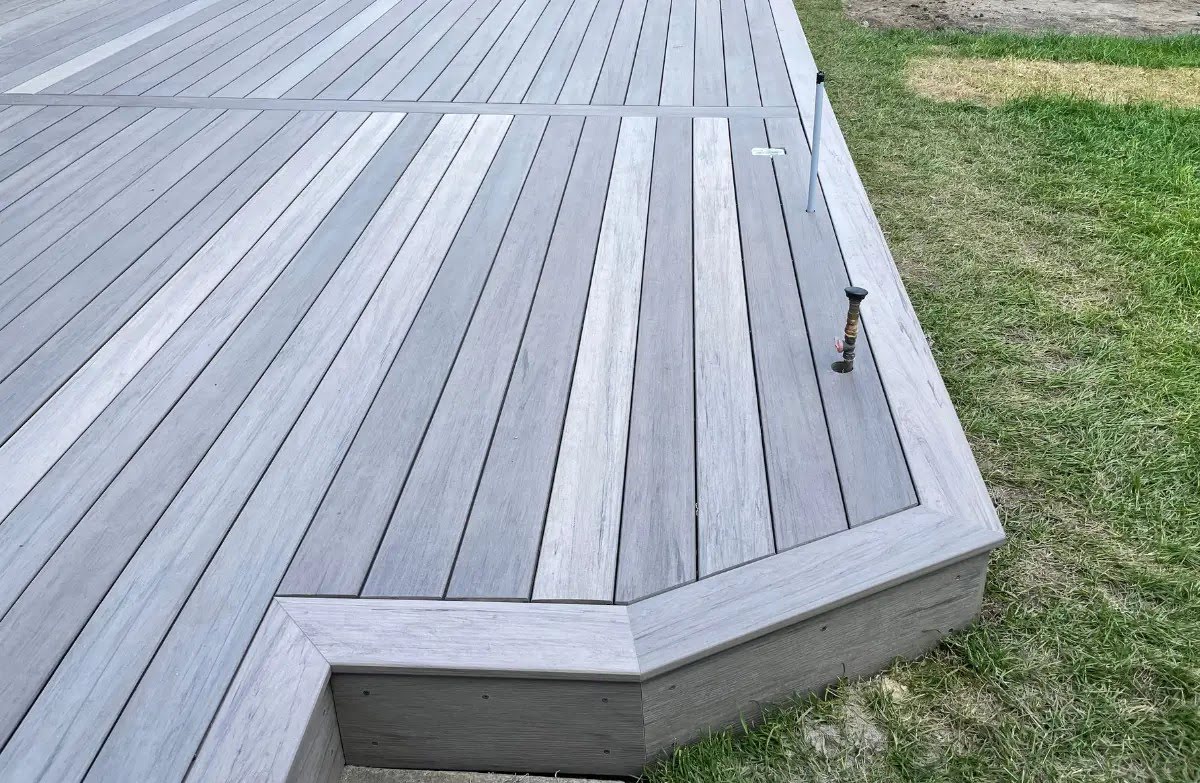
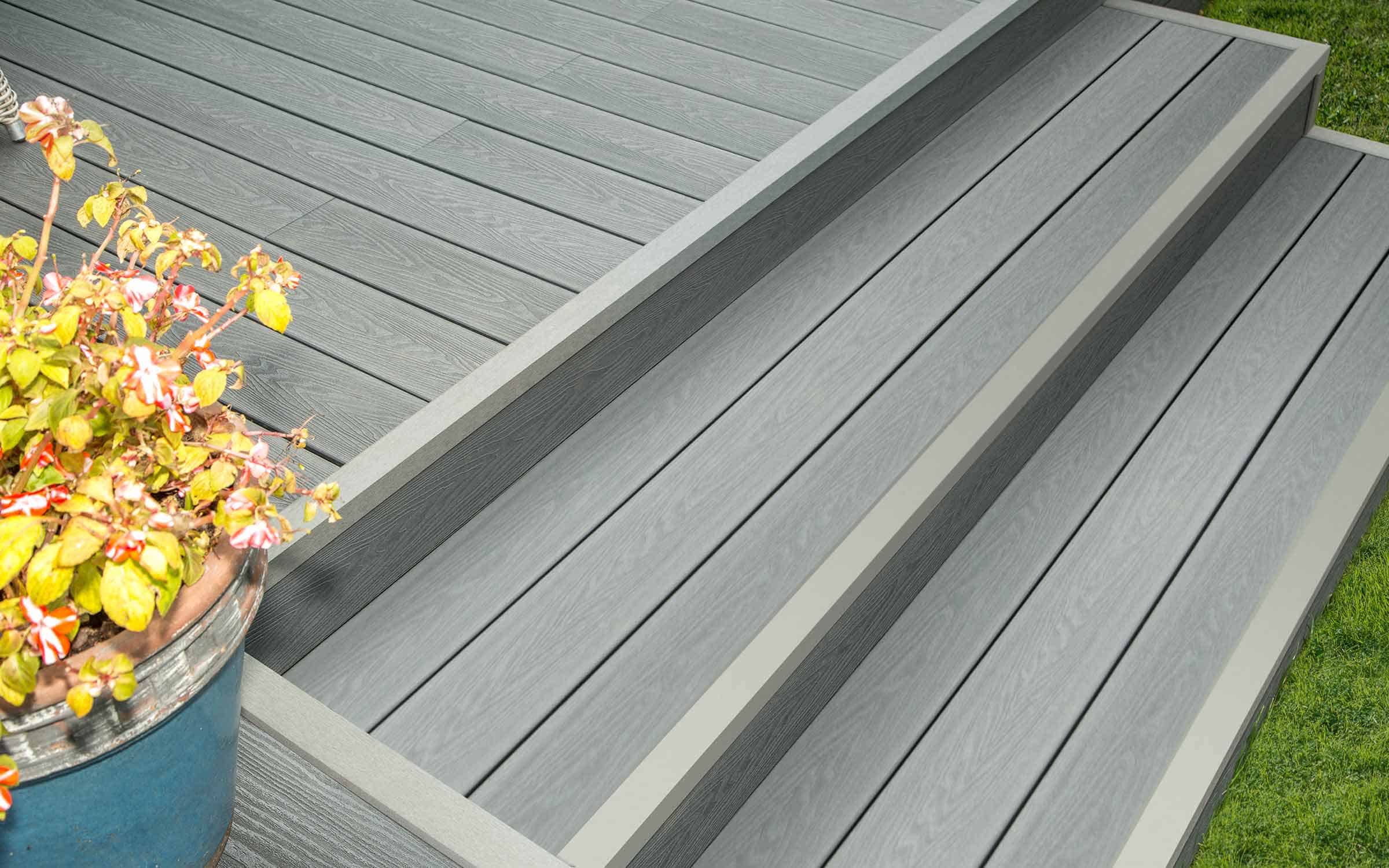
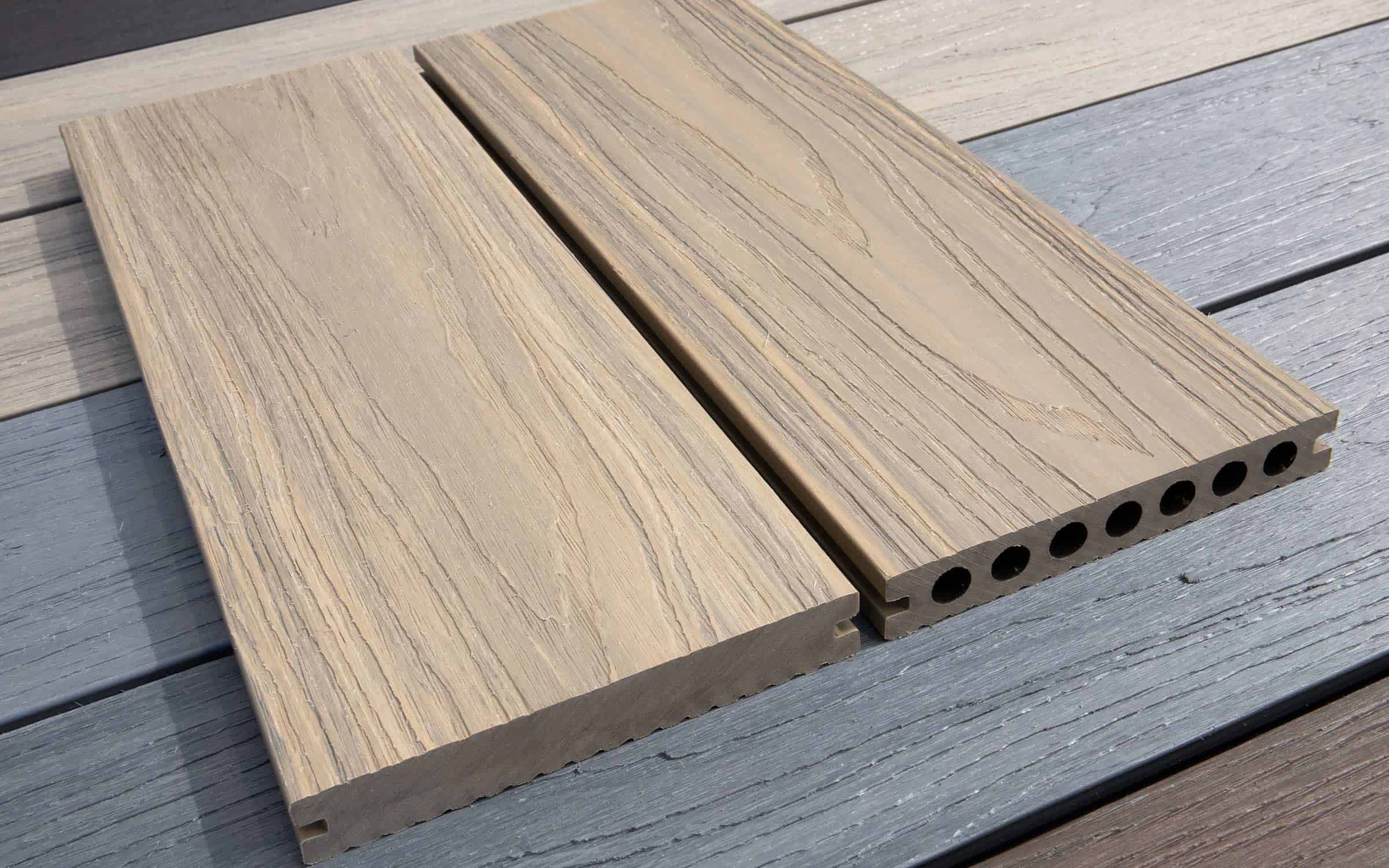

0 thoughts on “How To Fix Scratches In Composite Decking”